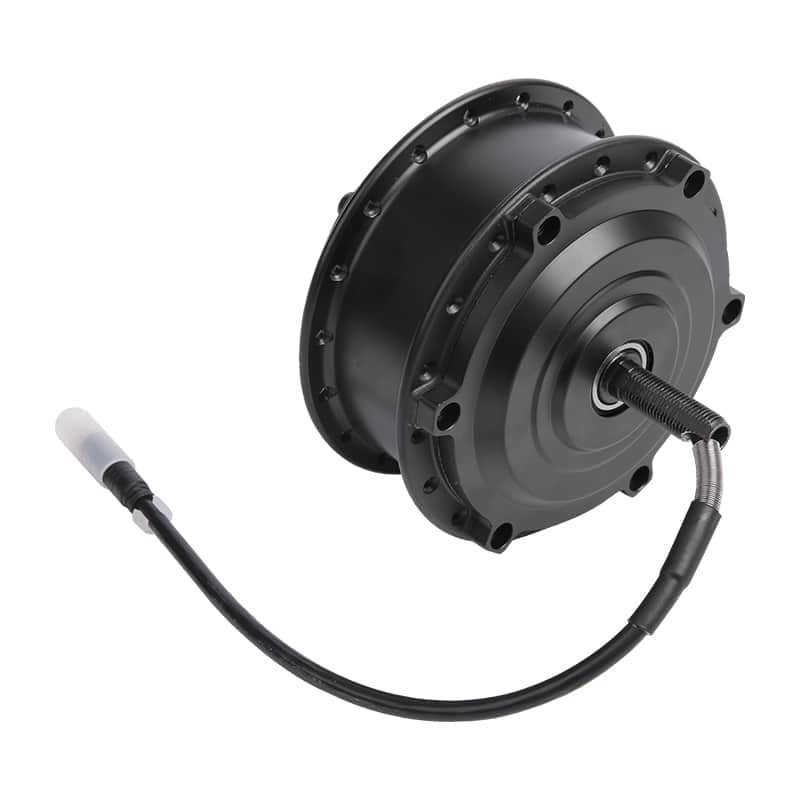Summary:Selecting the right electric motor for a specific application involves considering several important factors. Here are some key steps to guide you in ...
Selecting the right
electric motor for a specific application involves considering several important factors. Here are some key steps to guide you in the selection process:
1.Determine the Application Requirements: Understand the specific requirements of your application. Consider factors such as the required torque, speed, power output, duty cycle, and environmental conditions (e.g., temperature, humidity, and hazardous locations). This information will help you narrow down the suitable motor types.
2.Motor Type: Evaluate the different types of motors available, such as AC induction motors, DC motors, servo motors, stepper motors, and more. Each type has specific characteristics and performance capabilities that make them more suitable for certain applications. Consider the torque-speed characteristics, control requirements, and efficiency of each motor type.
3.Power Supply: Determine the available power supply for your application. If you have AC power available, AC motors may be the preferred choice. If you have a DC power source or require precise speed control, DC motors or servo motors might be more suitable.
4.Size and Mounting: Consider the physical constraints and available space for the motor. Evaluate the dimensions, weight, and mounting options to ensure compatibility with your application.
5.Efficiency and Energy Savings: Assess the efficiency ratings of the motors you're considering. Higher efficiency motors can provide energy savings and reduced operating costs over the long term.
6.Control and Speed Requirements: Determine if you require variable speed control or specific control features for your application. Some motors offer built-in control options, while others may require external speed controllers or drives.
7.Motor Protection: Evaluate the motor's protection features such as thermal overload protection, short-circuit protection, and insulation class. These features can enhance the motor's reliability and safety.
8.Consider Manufacturer and Quality: Research reputable manufacturers known for producing reliable and high-quality motors. Check customer reviews, warranties, and after-sales support to ensure long-term satisfaction.
9.Consultation and Expert Advice: If needed, seek guidance from motor manufacturers, distributors, or industry experts who can provide specific recommendations based on your application requirements.
10.Cost Considerations: Compare the costs of different motor options while considering factors such as initial purchase cost, energy efficiency, maintenance requirements, and overall lifecycle costs.


